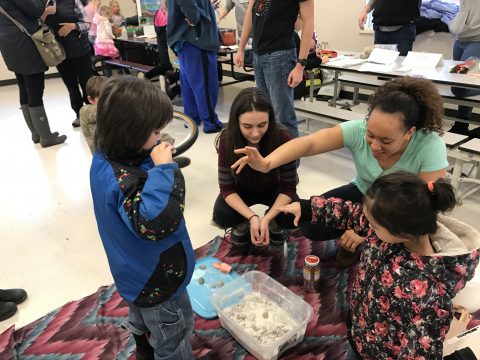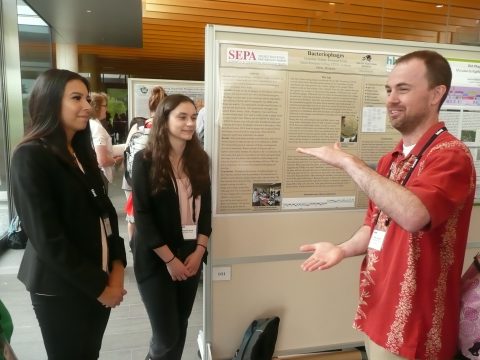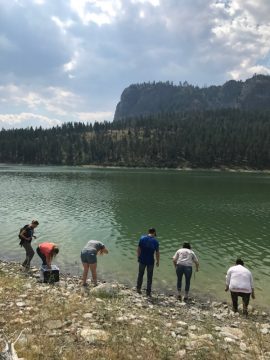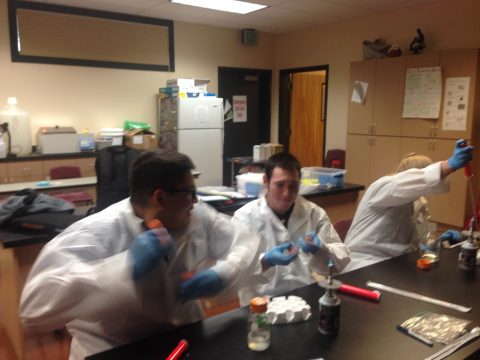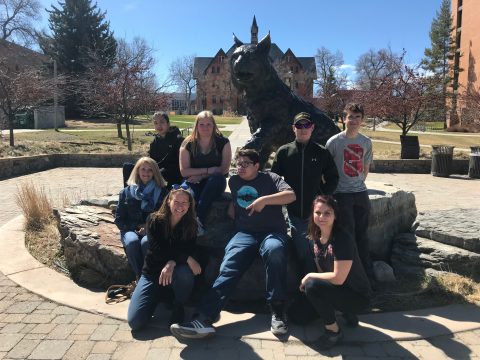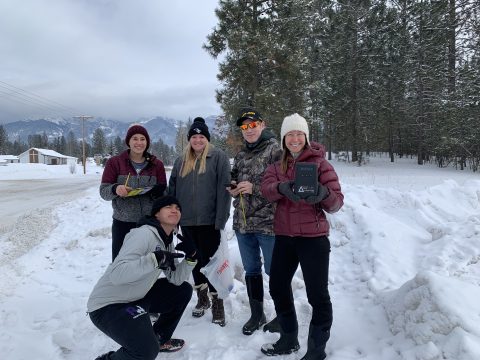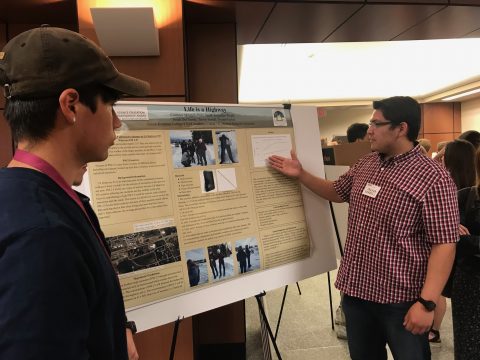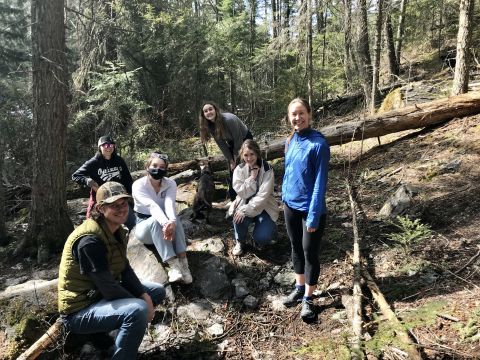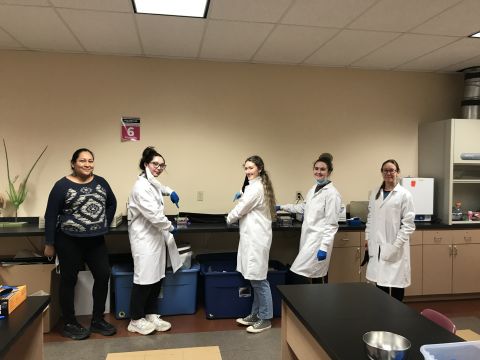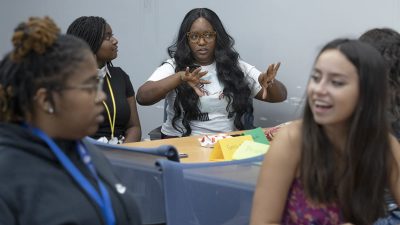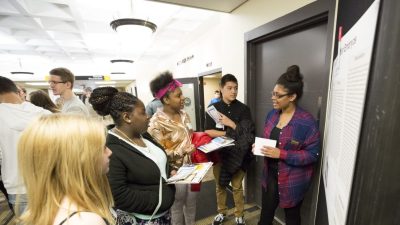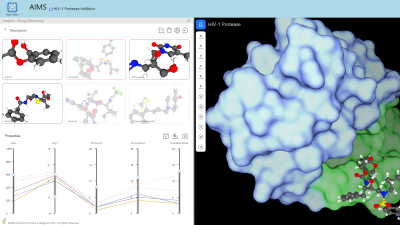BioSTORM: Biomedical STEM Transitions through Outreach, Research and Model Education for High School Students
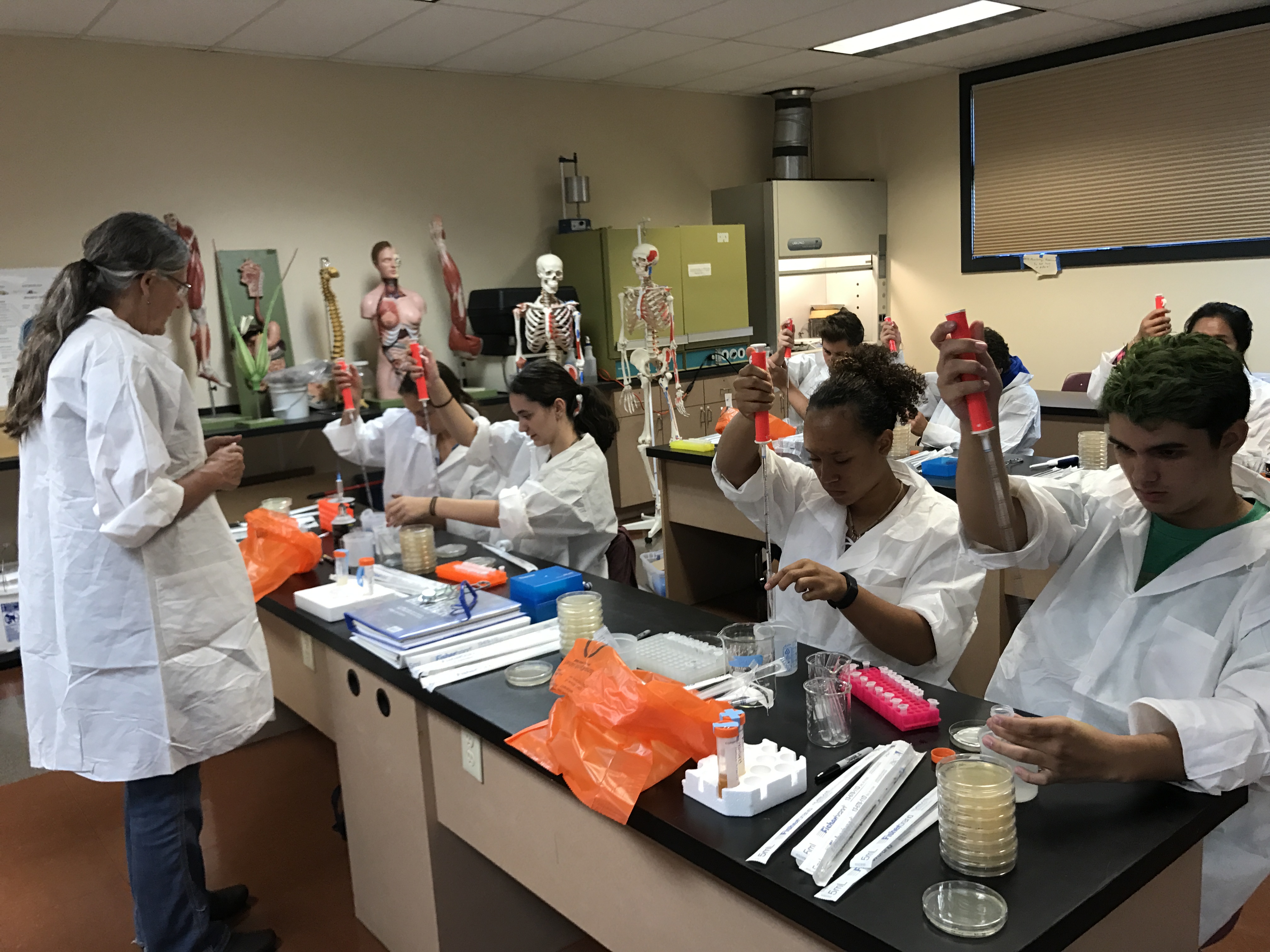
Salish Kootenai College
Project Website(s)
-
Project Description
BioSTORM is designed to increase the number of American Indian and rural high school graduates who are prepared to enter college academic majors aligned with biomedical and biobehavioral research. The project enrolls junior and senior high school students from the Flathead Indian Reservation in afternoon classes for two consecutive academic years on a tribal college campus, providing culturally-congruent education, rigorous STEM coursework, outreach to local schools, and an authentic research experience.
-
Abstract
In an effort to increase the diversity of the biomedical and biobehavioral workforce, Salish Kootenai College (SKC) has developed BioSTORM: Biomedical STEM Transitions through Outreach, Research, and Model Education.
This project seeks to increase the number of American Indian and rural high school graduates who are prepared for a rigorous education in college academic majors aligned with biomedical and biobehavioral research through a dual enrollment STEM Academy.
The Academy will consist of three major components:
- Dual enrollment academic coursework that is rigorous, transferrable as college credit, and provides model STEM education.
- Authentic scientific research over two academic years.
- An outreach component through which BioSTORM students will present their research to elementary, middle, and high school students.
Most importantly, BioSTORM participants will experience a culturally-relevant learning environment that enhances students’ educational outcomes including college readiness. The final intent of the project is to increase the pipeline of American Indian and rural students prepared to enter college with declared majors in fields related to biomedical or biobehavioral research.
-
Resources for Sharing
SKC STEM Academy Students Discover New Bacteria_April2019
Project Photos
Project Audience
Priority audience: Native American and rural high school students
Secondary audiences: Native American communities and other ethnically diverse communities
Subjects Addressed
math, science, technology, research, college prep


